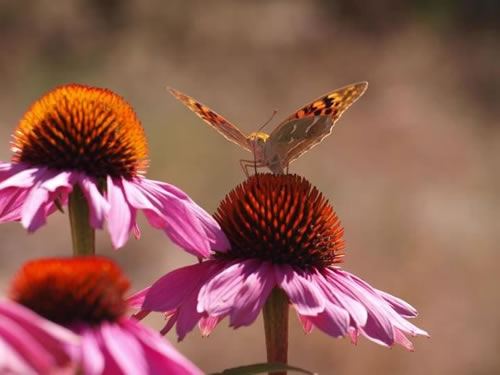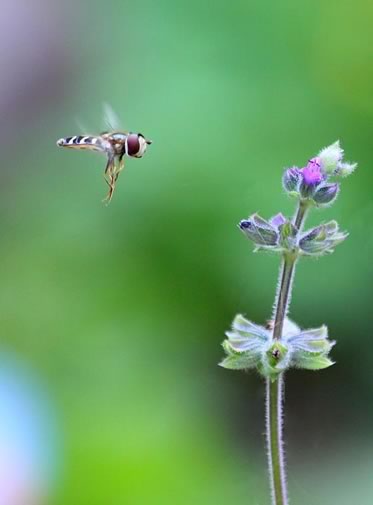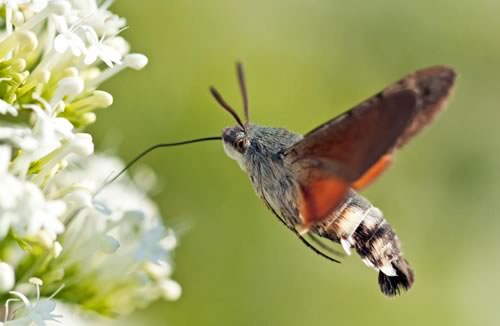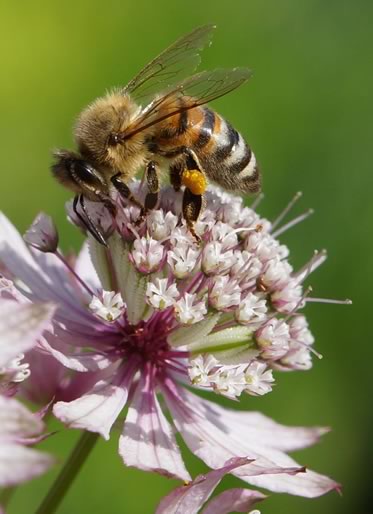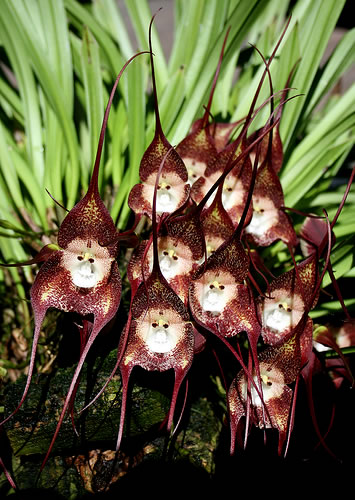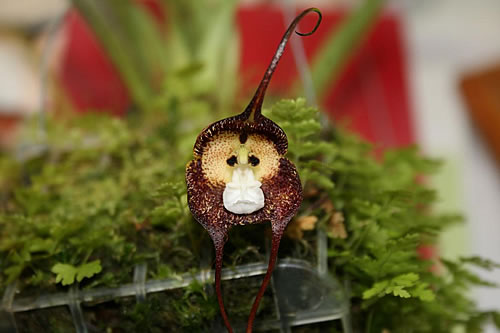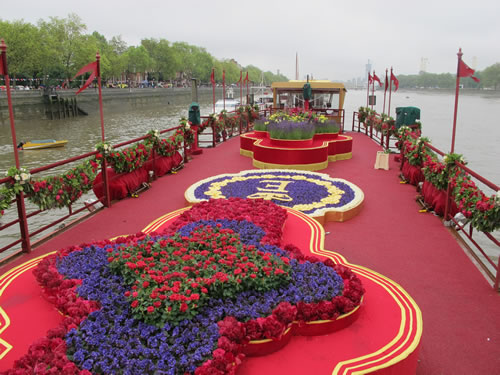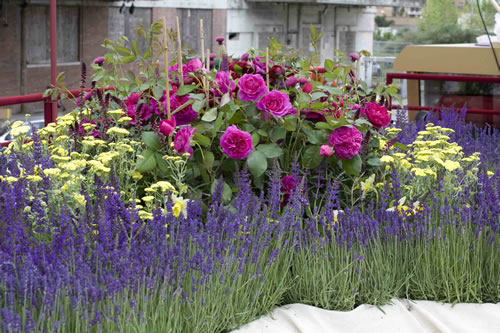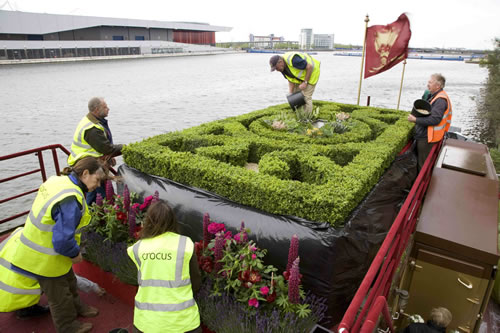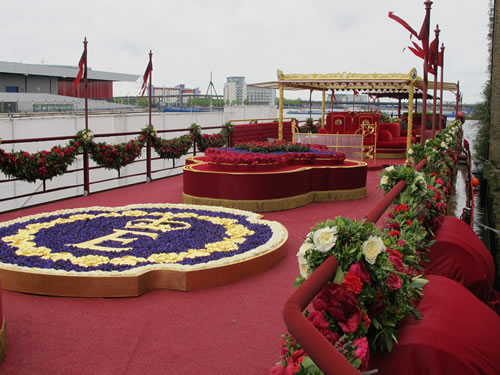
Last weekend I visited this hidden gem in the Dane Valley. The lavender meadow is at The Swettenham Arms near Congleton. The pub is tucked away in the small village of Swettenham behind a church, the fragrance from the flowers is divine.
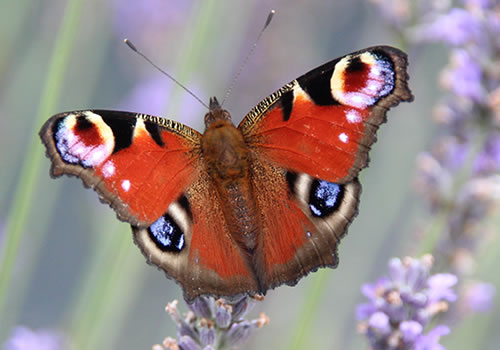
The local wildlife seem to appreciate the lavender, it was alive with honey bees and butterflies. I spotted beautiful peacock butterflies that have eyes on their wings and comma butterflies which are orange with black spots and feathered wings.
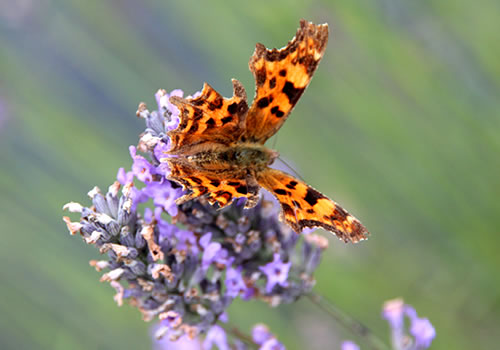
The lavender meadow is in bloom throughout July and August, it’s a perfect backdrop for wedding photos. There also is an arboretum and nature reserve next to the pub as well that visitors can walk round.
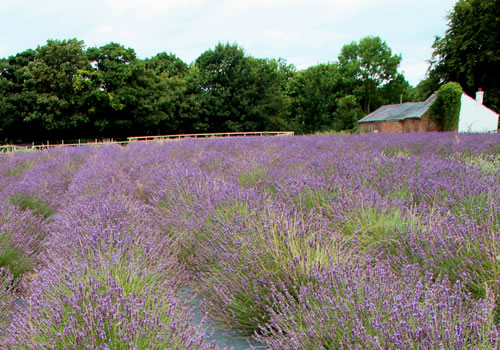
The pub itself is a delightful traditional building dating back to the 16th century. During my visit the window boxes were overflowing with vibrant summer flowers.
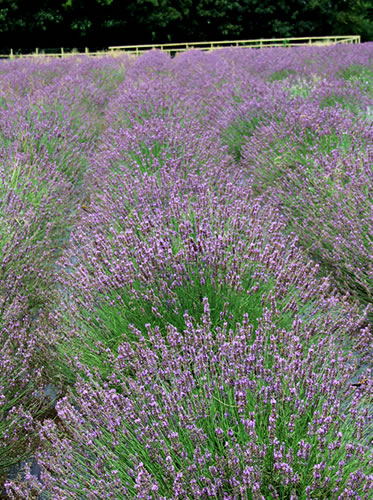
If you work up an appetite walking round the meadow and arboretum, the pub serves delicious food and cream teas. I enjoyed lunch outside the pub, as it was a rare sunny day this summer.
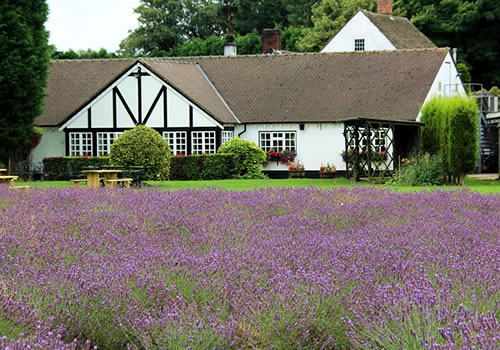
The Swettenham Arms maybe off the beaten track, but it’s worth the effort to find. The address is Swettenham Village, near Congleton, CW12 2LF. Put the post code in your sat nav to find it or take a look at their website.







